
Filter News
Area of Research
- Advanced Manufacturing (7)
- Biology and Environment (24)
- Computational Engineering (1)
- Computer Science (2)
- Energy Science (61)
- Fusion and Fission (2)
- Fusion Energy (2)
- Isotopes (1)
- Materials (31)
- Materials for Computing (9)
- Mathematics (1)
- National Security (5)
- Neutron Science (12)
- Nuclear Science and Technology (3)
- Quantum information Science (4)
- Supercomputing (15)
- Transportation Systems (2)
News Type
News Topics
- (-) Biomedical (14)
- (-) Composites (6)
- (-) Cybersecurity (7)
- (-) Environment (49)
- (-) Materials Science (39)
- (-) Polymers (8)
- (-) Quantum Science (11)
- (-) Transportation (29)
- 3-D Printing/Advanced Manufacturing (39)
- Advanced Reactors (15)
- Artificial Intelligence (11)
- Big Data (14)
- Bioenergy (11)
- Biology (17)
- Biotechnology (3)
- Buildings (8)
- Chemical Sciences (8)
- Clean Water (9)
- Computer Science (42)
- Coronavirus (15)
- Critical Materials (2)
- Energy Storage (27)
- Exascale Computing (1)
- Frontier (2)
- Fusion (17)
- Grid (15)
- High-Performance Computing (11)
- Isotopes (10)
- ITER (4)
- Machine Learning (7)
- Materials (24)
- Mathematics (2)
- Mercury (2)
- Microscopy (14)
- Molten Salt (3)
- Nanotechnology (17)
- National Security (5)
- Neutron Science (28)
- Nuclear Energy (28)
- Physics (13)
- Quantum Computing (2)
- Security (3)
- Space Exploration (6)
- Statistics (1)
- Summit (8)
Media Contacts
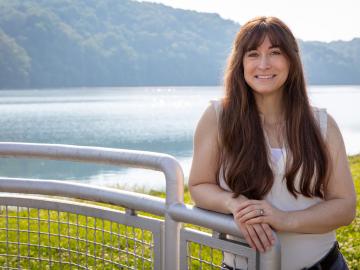
Carly Hansen, a water resources engineer at Oak Ridge National Laboratory, is rethinking what’s possible for hydropower in the United States.
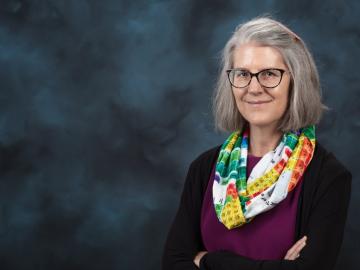
Deborah Frincke, one of the nation’s preeminent computer scientists and cybersecurity experts, serves as associate laboratory director of ORNL’s National Security Science Directorate. Credit: Carlos Jones/ORNL, U.S. Dept. of Energy

Sergei Kalinin, a scientist and inventor at the Department of Energy’s Oak Ridge National Laboratory, has been elected a fellow of the Microscopy Society of America professional society.
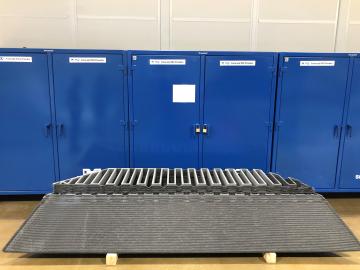
Oak Ridge National Laboratory researchers, in collaboration with Cincinnati Inc., demonstrated the potential for using multimaterials and recycled composites in large-scale applications by 3D printing a mold that replicated a single facet of a

Belinda Akpa is a chemical engineer with a talent for tackling big challenges and fostering inclusivity and diversity in the next generation of scientists.

Rich Giannone uses bioanalytical mass spectrometry to examine proteins, the primary driver in biological systems.
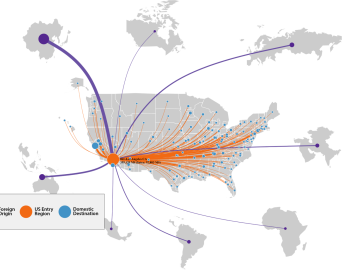
A newly released dataset that tracks the movement of everything from food to gasoline across the United States by air, water, truck, rail and pipeline showed the value and tonnage of those goods rose significantly between 2012 and 2017.
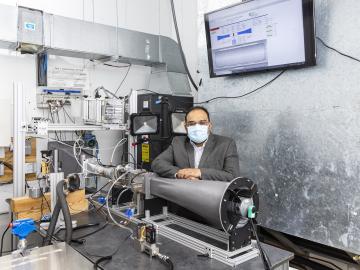
When Kashif Nawaz looks at a satellite map of the U.S., he sees millions of buildings that could hold a potential solution for the capture of carbon dioxide, a plentiful gas that can be harmful when excessive amounts are released into the atmosphere, raising the Earth’s temperature.

Researchers at Oak Ridge National Laboratory have identified a statistical relationship between the growth of cities and the spread of paved surfaces like roads and sidewalks. These impervious surfaces impede the flow of water into the ground, affecting the water cycle and, by extension, the climate.
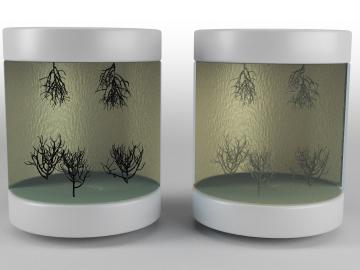
Scientists at Oak Ridge National Laboratory successfully demonstrated a technique to heal dendrites that formed in a solid electrolyte, resolving an issue that can hamper the performance of high energy-density, solid-state batteries.


